RESONANT STRUCTURES IN THE FORMATION OF ORGANIC COMPOUNDS
Greetings and welcome dear readers of this prestigious platform, especially to all those users who make daily life in the @Stemsocial community, the topic that concerns us in this new article of disclosure, is associated with the organic characteristics that present the resonant structures within organic compounds.
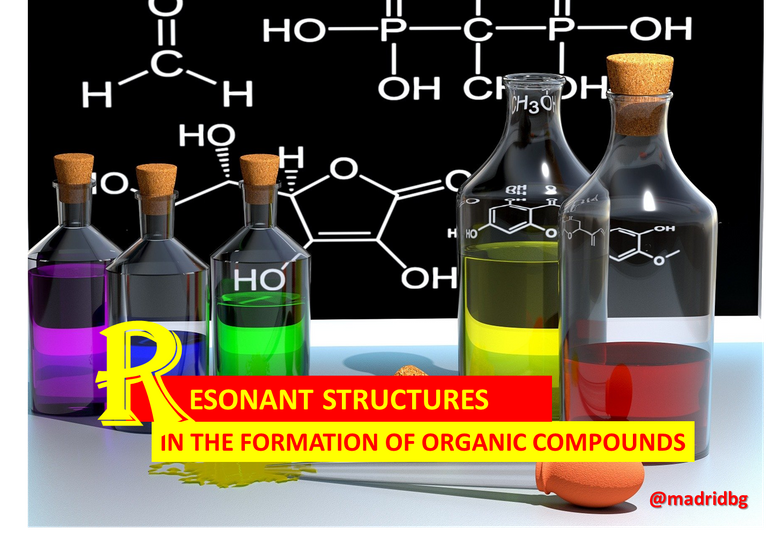
Image courtesy of: MasterTux
In this sense, it should be noted that in previous publications, we have focused on the study of organic families, where we have made an approach associated with aliphatic hydrocarbons and oriented in this same scientific line, today we will be working with the formation of polar bonds in organic compounds and their consequences and influences in each of the compounds that are formed.
Therefore, it is necessary to understand that in the formation of bonds and resonant structures variables associated with electronic motion are handled, so it is necessary to know that chemical bonds is a set of possibilities, where extremes are handled that are associated with covalent bonds and the other to ionic bonds. An example of this is represented by the bonds that keep sodium chloride together, at a chemical level it is understood that this type of bond is mainly ionic, where sodium is able to transfer an electron to chlorine and thus produce both sodium and chloride ions that manage to stay together through electrostatic forces of attraction.

Sodium Chloride 3D Packaging Structure: Benjah-bmm27
However, the carbon-carbon bond that manages to hold together organic compounds such as ethane, is a bond considered covalent, because both equivalent carbon atoms share the same number of bonding electrons, resulting in a partial distribution of electrons, in other words, a distribution of the electrons present in the bond is formed, and when this electronic distribution occurs, non-polar covalent bonds are generated.
At this point, the electronegativity of the elements present plays a determining role and before continuing it is necessary to know that it represents the intrinsic capacity of an atom to attract the shared electrons in a covalent bond, hence, as we move from left to right in the periodic table, we observe that the atoms become more and more electronegative according to the degree of the variable studied.
So at the organic level, we have the capacity to form polar covalent compounds or non-polar covalent compounds according to their association with carbon atoms, but for this it is necessary to evaluate the degree of electronegativity of each element, assuming that carbon has a degree of electronegativity of 2.5, all those elements that are above this value have the capacity to form an ionic bond, likewise the bonds between atoms with similar electronegativities tend to form non-polar covalent bonds and those whose bonds between atoms present different electronegativities in an order of 0.3 to 2 units tend to form polar covalent bonds.
An example of the previous thing, we can represent it through the formation of the compound chloromethane, where we can observe that chlorine being a highly electronegative atom drags the electronic density towards him, generating a positive partial load in the carbon atom so that when establishing the differences between electronegativity we will observe a variation of 0.5 what is equivalent to the formation of polar covalent bonds according to the previously established rule.
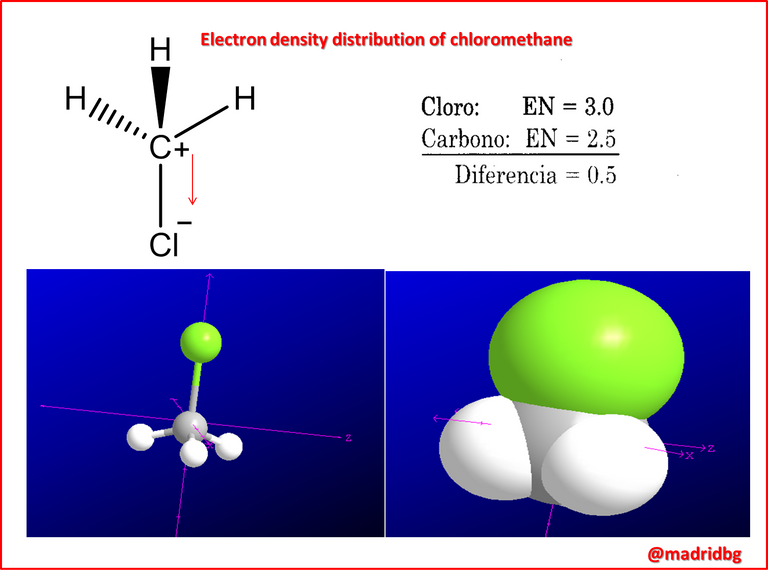 "/>
"/> At this point, it is necessary to emphasize that we usually represent this type of bond or otherwise the electronic distribution or displacement with a positive sigma sign or a negative sigma, which tells us where the electron density is distributed along an organic compound.
So let's analyze the following example, when the formation of methylmagnesium bromide is established we realize that here the element or atom that presents greater electronegativity is carbon, in this case the electron density is dragged towards it, so the magnesium - bromine complex tend to share their electronic distribution by an inductive effect that is a response to the electronegativity between nearby atoms.
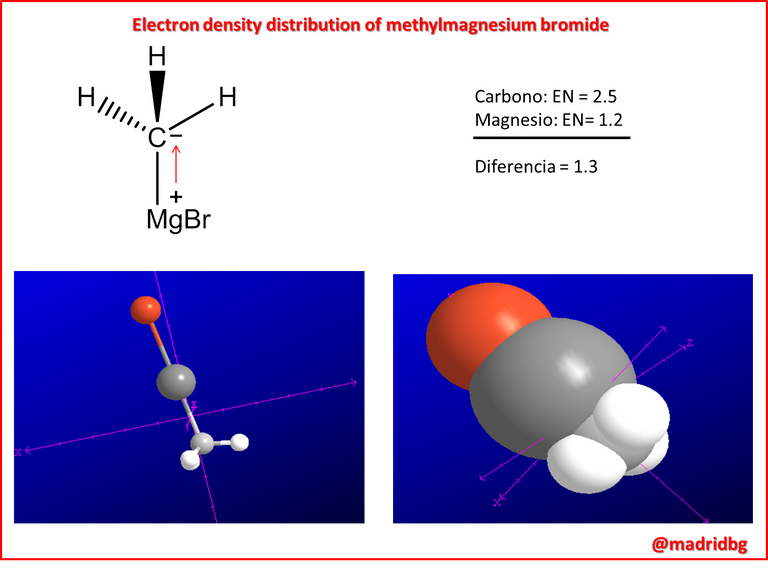
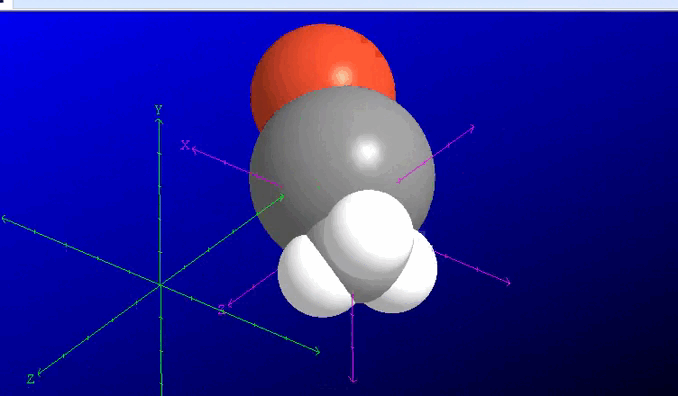
Based on the above properties and depending on the displacement or movement of electrons involved in the formation of bonds, at the level of organic chemistry there is a process known as resonance and this responds to the fact that most of the substances can be represented without difficulty through established structures, so that if we analyze the following figure, we realize that they are practically the same, the only variant that is presented is in the number of electrons represented between one oxygen and the other.
So it would be appropriate to ask ourselves which is the correct oxygen? and to answer this question it is necessary to understand that both are the correct ones or those that interact with each other in the formation of nitro methane, the only variant is that they are resonant structures, one with the other and that both are present at certain times of the formation of this organic compound, hence, that their relationship indicates that the resonance structures only present differences in the placement of the non-bonded valence electrons, so that the atoms will occupy the same forms of resonance and the bonds between them are also identical.
This concept that chemists have assumed, has been very useful to understand the chemical functioning of some organic compounds and an example of this is through the behavior of aromatic compounds, assuming as an example benzene where the double bonds present in this structure alternate between double and single bonds but the reality is that this type of bond seems to move and alternate with each other, so that we can establish resonant structures from the benzene compound.
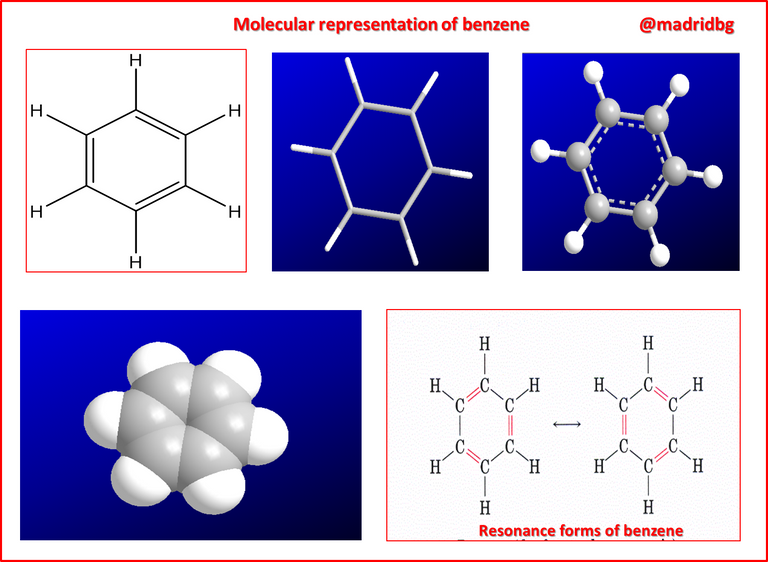
So that from the conformation of the resonance structure, we have to establish several principles among which we can highlight that the individual forms of resonance is an imaginary process that is used as a model to understand the phenomena that are studied in reality, what happens is that the real structures are composed of a hybrid, In the case of benzene its hybrid is the conformation of that aromatic ring with double and single bonds that alternate continuously, in the same way we have to be aware that the forms of resonance only differ in the placement of their non-bonding electrons, hence the hybridization of the atoms present and their spatial organization is not affected.
On the other hand, within the characteristics of the resonant structures we have to emphasize that the different forms or resonance structures that can be drawn from an organic compound, do not necessarily have to be equivalent, also understand that a resonance hybrid is the most stable structure that any of the resonance forms used in the modeling process, so that the resonance system within the organic compounds establishes stability to the compound itself. In other words, the greater the number of resonance forms that are established from an organic compound, the greater the stability of that substance.
Consequently, from the above we can realize that organic chemistry assumed as a branch of chemistry in question, can be established as a science at the three-dimensional level where different molecules are often generated with the intention of knowing and determining the different reactions that these can generate and for this it is valid the implementation of different computer programs that can help visualize the different molecules implemented throughout a chemical process.
Hence, the implementation of molecular models allows us to understand the spatial organization of atoms, assuming three-dimensional effects that we can manipulate to understand the electronic displacement, the type of bond and the spatial conformation of an organic compound in question, since we are relating science with technology, which has allowed great advances in terms of structural understanding of chemical compounds.
BIBLIOGRAPHY CONSULTED
[1] Chang, R. (2010). Química. Decima edicion. McGraw-hill Interamericana editores. ISBN: 978-607-15-0307-7.
[2] Ralph, H. Petrucci, William S. Harwood, E. Geoffrey Herring. (2003). QUIMICA GENERAL. Octava edición. PEARSON EDUCACIÓN. S.A., Madrid.
[3] WADE,LEROY. (2011). . ORGANIC CHEMISTRY. VOLUME 2. SEVENTH EDITION. PEARSON EDUCATION, MEXICO, 2011 ISBN: 978-607-32.()793-5.
OF INTEREST
1. The molecular models presented were designed by @madridbg using Chem3D and Chemdraw software.
2. For more information related to the areas of science, technology, engineering and mathematics, do not hesitate to visit #stemsocial and #stem-espanol, they are communities that promote scientific advances in these areas
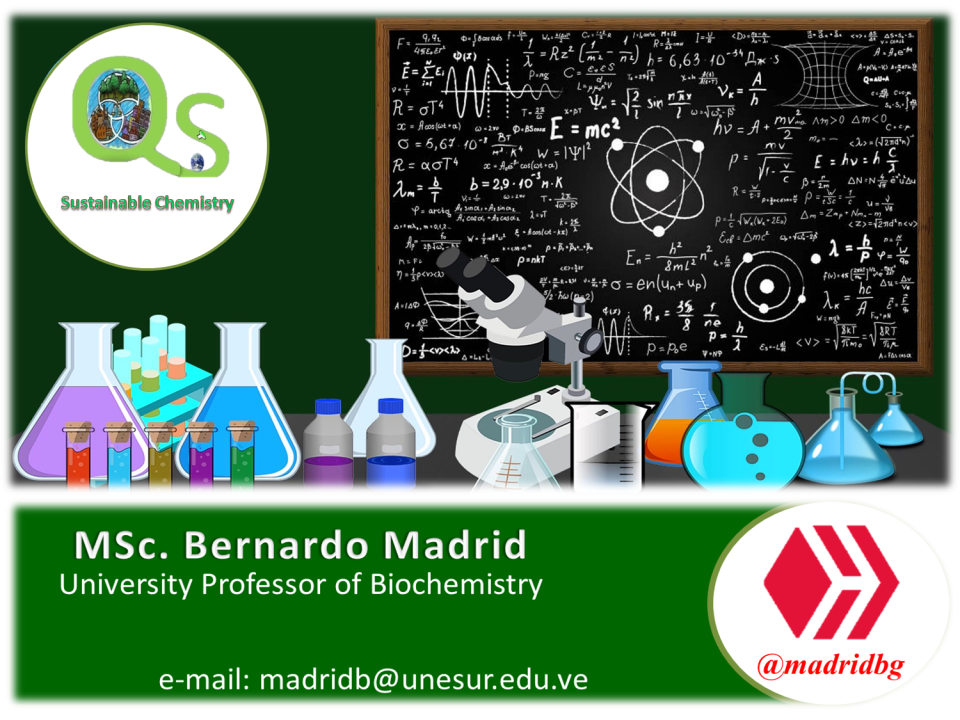
0
0
0.000
https://twitter.com/279290402/status/1621379251722240000
The rewards earned on this comment will go directly to the people( @madridbg ) sharing the post on Twitter as long as they are registered with @poshtoken. Sign up at https://hiveposh.com.
Su post ha sido valorado por @ramonycajal
Thanks for your contribution to the STEMsocial community. Feel free to join us on discord to get to know the rest of us!
Please consider delegating to the @stemsocial account (85% of the curation rewards are returned).
Thanks for including @stemsocial as a beneficiary, which gives you stronger support.